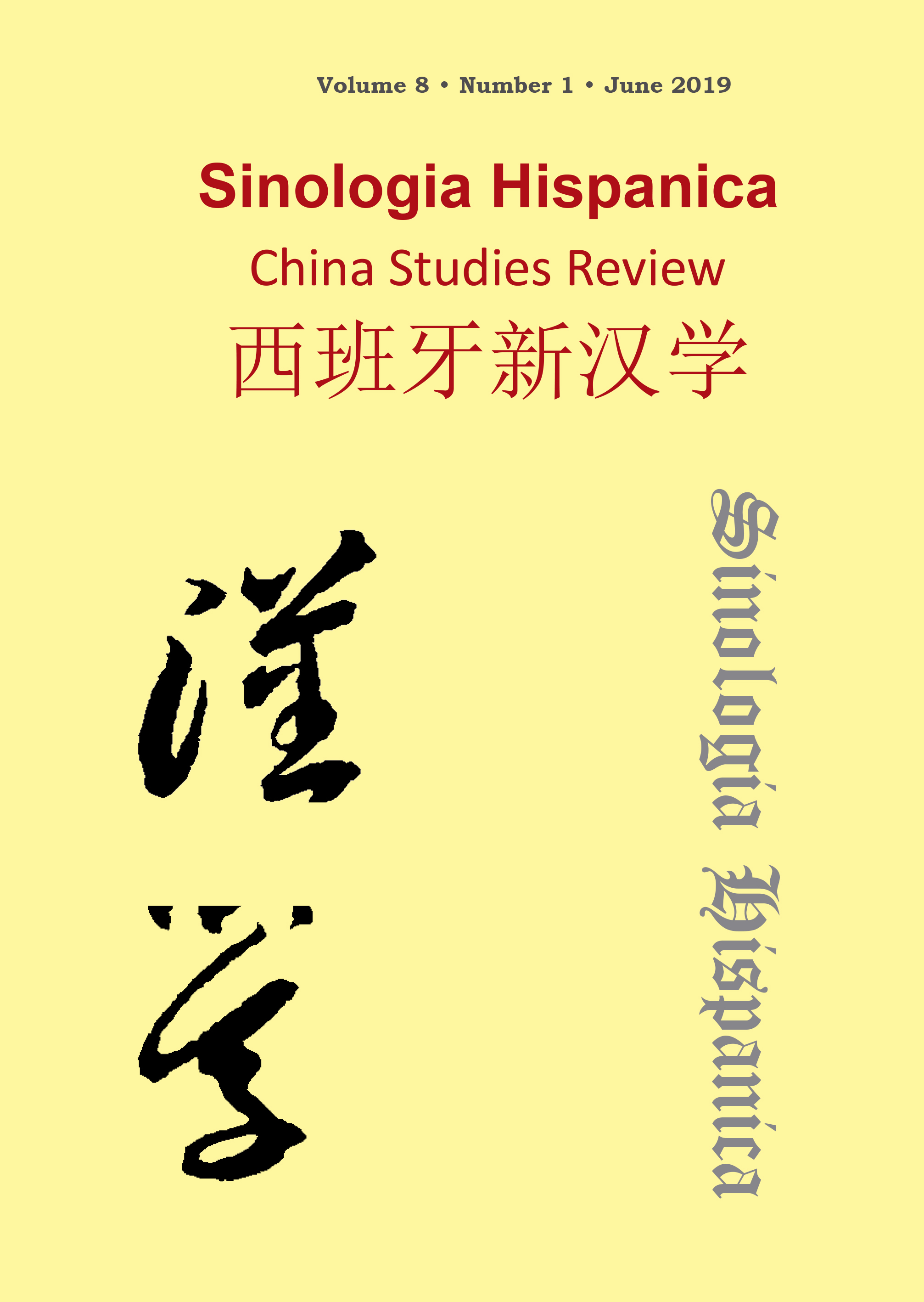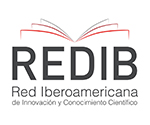The Relations of “shi tun” (示屯) during the Reign of Wu-Ding of Shang (≈1250 B.C. - 1222 B.C.)
DOI:
https://doi.org/10.18002/sin.v8i1.6064Keywords:
shi tun, jiaguwen, Shang, bones of the oracle, priest, the fu.Abstract
In Annals of Spring and Autumn it is stated that: “State affairs are worship and military affairs.” The inscriptions on turtle shells and bones are records of the escapulimancia during the Shang dynasty (≈1600 BC - 1046 BC), and that covers all aspects of life and society. The “tun” (屯) is a unit of measurement used for the turtle shells and bones of the oracle during the Shang dynasty. A shell or a bone is “a pian (丿)”, and a pair is “a tun (屯)”. “Shi tun” (示屯) refers to the “offering of shells and prepared bones”, is one of the important sources of oracular bones. The organization and analysis of reception records in those bones allow us to get to know this dynasty of more than 3,000 years ago from a new perspective. In addition, we can also understand the social status of taxpayers and signatories,through comparisons with the content of other
oracular bones.
Downloads
Métricas alternativas
Downloads
Published
How to Cite
Issue
Section
License
Copyright (c) 2019 Xu Jinjing

This work is licensed under a Creative Commons Attribution-NonCommercial-ShareAlike 4.0 International License.
Sinología Hispánica. China Studies Review considers all manuscripts on the strict condition that:
- The authors assign the exploitation rights (reproduction, distribution, public communication and transformation) of the work accepted for publication to the University of León on a non-exclusive basis. Authors can establish, on their own, additional agreements for the non-exclusive distribution of the version of the work published in the journal (for example, placing it in an institutional repository or publishing it in a book), always acknowledging the initial publication. in this magazine.
- The manuscript is your own original work and does not duplicate any other previously published work, including your own previously published work.
- The manuscript is not currently under consideration or peer review, nor accepted for publication, nor in press, nor published elsewhere.
- The manuscript contains nothing that is abusive, defamatory, libellous, obscene, fraudulent, or illegal.
- Please note that Sinologia Hispanica uses Turnitin software to screen manuscripts for unoriginal material. By submitting your manuscript to Sinologia Hispanica you are agreeing to any necessary originality checks your manuscript may have to undergo during the peer-review and production processes. Any author who fails to adhere to the above conditions will be rejected.
- Authors are allowed and encouraged to electronically disseminate the pre-printed versions (version before being evaluated) and / or post-printing (version evaluated and accepted for publication) of their works before publication, since it favors their circulation and dissemination more early and with it, a possible increase in its citation and reach among the academic community.
Sinologia Hispanica is under an international license Creative Commons Attribution-Noncommercial-Share Alike 4.0. You can read more about this license in an informative version and legal text.








